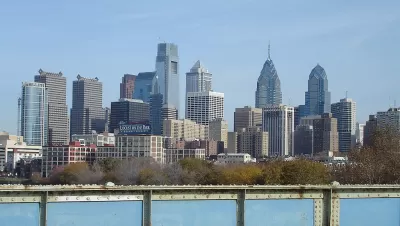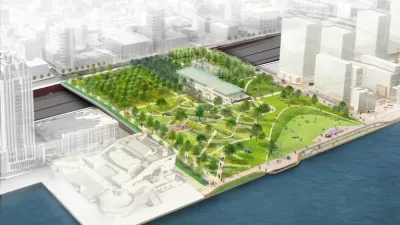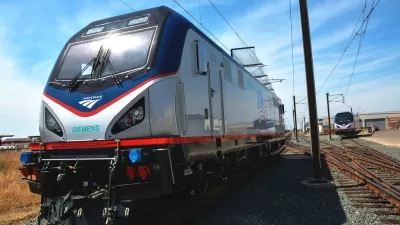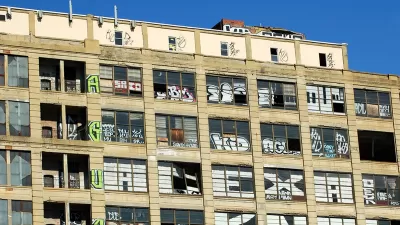The city didn’t have tall buildings until the 1980s. Then its skyline took off.

Julia Terruso explores the evolution of the Philadelphia skyline, beginning with the 196-foot Christ Church. “The church, which dates to 1744, was the tallest structure in North America for 56 years. It is still considered one of the finest Georgian buildings in America,” she notes.
City Hall was completed in 1901, and it was the tallest building in Philadelphia, at 548 feet, until One Liberty Place went up in 1987. “The building, blue glass and steel, with a top that resembled the Chrysler Building in New York City, would rise almost twice the height of City Hall and put Philadelphia on course for a building boom in the early 1990s,” says Terruso.
Former chief city planner Barbara Kaplan says Philadelphia transformed from a city with no skyline to one with a dozen skyscrapers in a short period of time. This development growth also happened later than in most other cities.
The tallest building in the city currently is the 974-foot Comcast Center, which was completed in 2008. But next year, the Comcast Technology Center will take that title. At 1,121 feet, it will be the ninth tallest building in the country.
“The Comcast Technology Center is 147 feet taller than its neighbor, due mostly to its narrow spire of three long rectangles, the middle one the highest. Some Philadelphians have said it resembles a middle finger,” reports Terruso.
FULL STORY: Philadelphia’s skyline rising: From a colonial church spire to glassy blue Comcast 2

Trump Administration Could Effectively End Housing Voucher Program
Federal officials are eyeing major cuts to the Section 8 program that helps millions of low-income households pay rent.

Planetizen Federal Action Tracker
A weekly monitor of how Trump’s orders and actions are impacting planners and planning in America.

The 120 Year Old Tiny Home Villages That Sheltered San Francisco’s Earthquake Refugees
More than a century ago, San Francisco mobilized to house thousands of residents displaced by the 1906 earthquake. Could their strategy offer a model for the present?

HSR Reaches Key Settlement in Northern California City
The state’s high-speed rail authority reached an agreement with Millbrae, a key city on the train’s proposed route to San Francisco.

Washington State Legislature Passes Parking Reform Bill
A bill that would limit parking requirements for new developments is headed to the governor’s desk.

Missouri Law Would Ban Protections for Housing Voucher Users
A state law seeks to overturn source-of-income discrimination bans passed by several Missouri cities.
Urban Design for Planners 1: Software Tools
This six-course series explores essential urban design concepts using open source software and equips planners with the tools they need to participate fully in the urban design process.
Planning for Universal Design
Learn the tools for implementing Universal Design in planning regulations.
Ada County Highway District
Clanton & Associates, Inc.
Jessamine County Fiscal Court
Institute for Housing and Urban Development Studies (IHS)
City of Grandview
Harvard GSD Executive Education
Toledo-Lucas County Plan Commissions
Salt Lake City
NYU Wagner Graduate School of Public Service





























